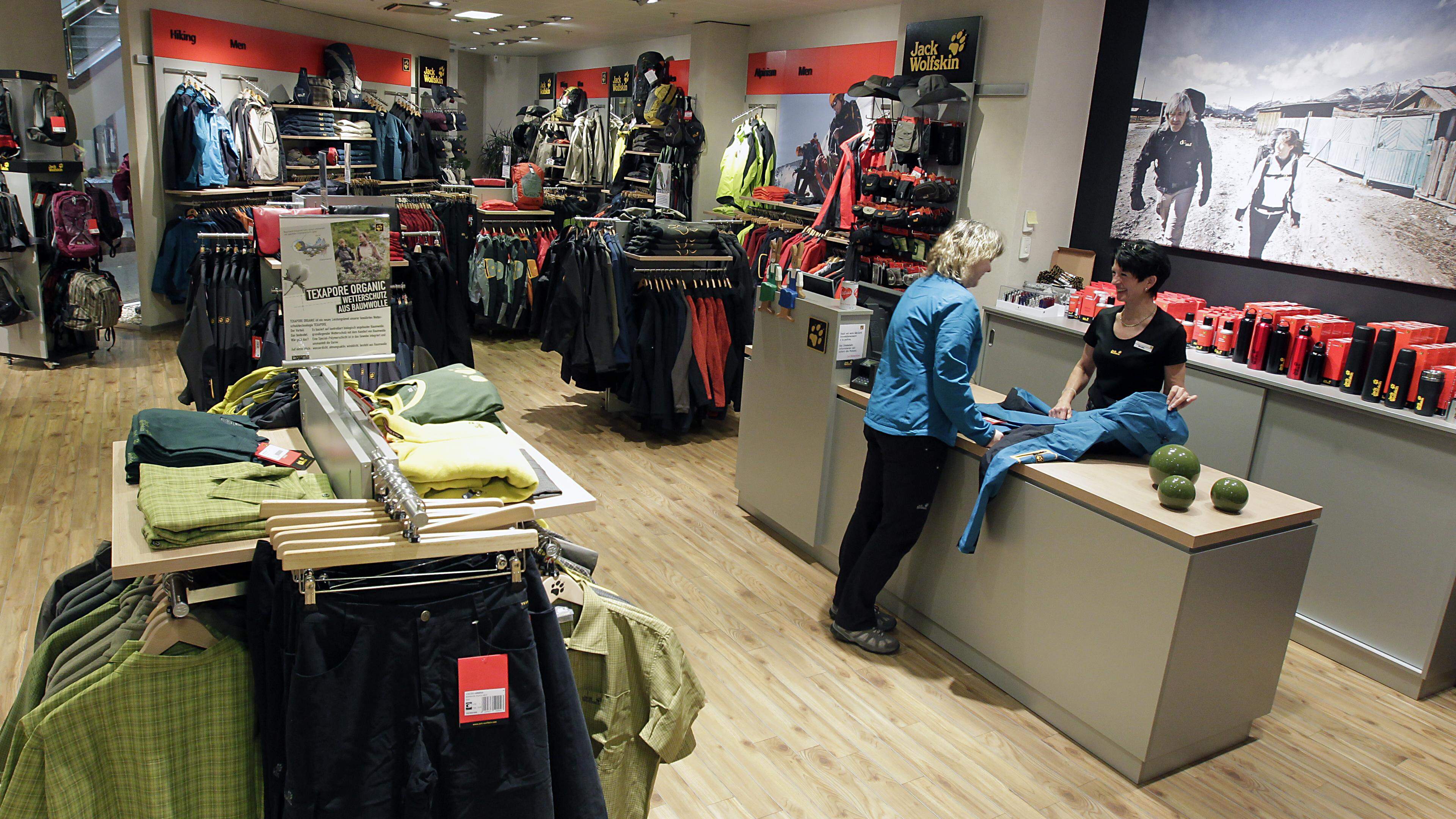Europeans buy more clothes than ever

People in the European Union consume as much clothing, shoes and other textiles like never before. This is written by the European Environment Agency EEA in a new report that it officially wants to present on Wednesday.
According to this, the EU citizens bought an average of 19 kilograms of textiles, including eight kilograms of clothing, four kilograms of shoes and seven kilograms of household textiles in the recent comparative year 2022.
This is enough to fill a large suitcase with new textiles, emphasize the experts from the EU authority based in Copenhagen. In 2019 the total amount was still 17 kilograms, in the years before at 14 to 17 kilograms.
According to EEA, textile consumption brings with high loads for the environment and the climate, for example through the consumption of materials, water and land space, but also in the form of emissions, chemicals and microplasty. The report shows that politics, industry and consumers would have to make their contribution so that Europe would be released from fast fashion and better, durable textiles that could be reused, repaired and recycled. In the end, innovations towards a circular economy could also contribute to the competitiveness of the EU, the report says.
No more clothes in the residual waste
Accordingly, around 6.94 million tons of textile waste were generated in the 27 EU member states in 2022. That corresponds to a good 16 kilograms per person. The converter sees a problem in the fact that far too many thrown away textiles end up in mixed household waste instead of recycling waste: in the comparison year, 85 percent of all textile waste from households were not collected separately.
No, cotton clothing is not prohibited
The EEA puts its hopes in the fact that a new EU directive has an effect in this way: Since January 1, 2025, textiles have had to be disposed of separately from the rest of the garbage. Old clothes and used textiles must no longer be thrown into residual waste.
The EEA does not expect the consumption quantities to the individual EU countries. In the report, she also pointed out that the estimates were associated with a certain uncertainty. Accordingly, they calculate from production and import minus the export of the textiles.
Old textiles are only residual waste in exceptional cases
A new EU directive has been in force since this year, according to which old textiles may no longer be disposed of in residual waste. This applies to sorted clothing as well as for bed linen, towels and curtains. Instead, the fabrics should be collected in old clothing containers, for example, so that they can be better recycled. In theory, this also applies to broken parts that can no longer be carried, but they can be prepared. However, there are not enough companies that make this preparation. A corresponding recylcing infrastructure is currently being created. If a strong pollution is the reason for the disposal, you do not have to clean the garment – it can be in the residual waste. dpa/Mem







